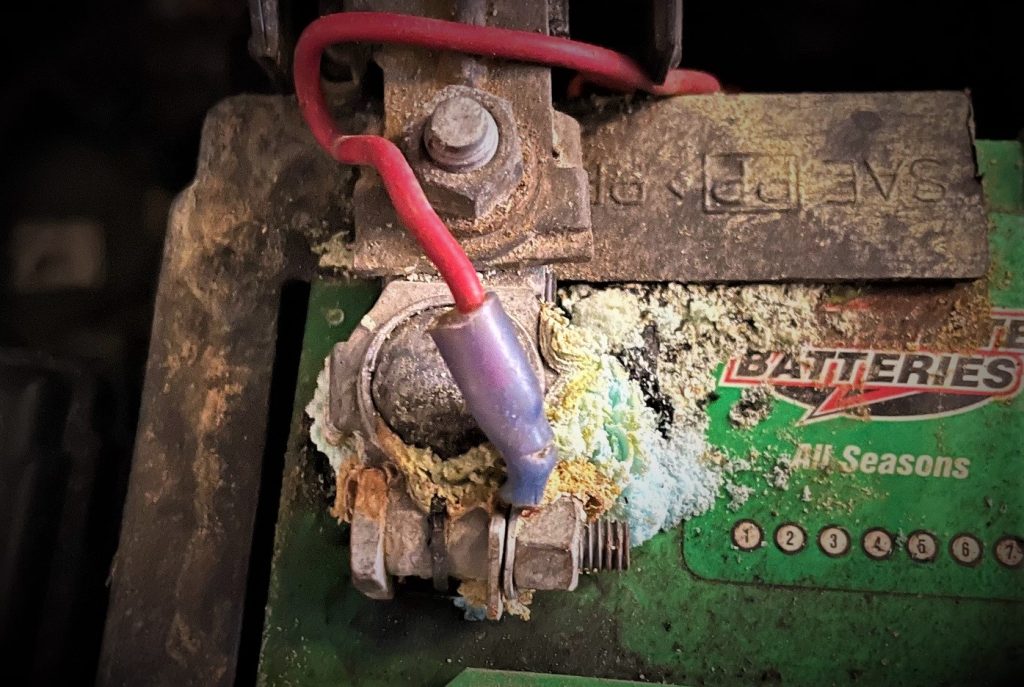You’ve got questions. We’ve got the answers—the Summit Racing tech department tackles your automotive-related conundrums. This week, we’re troubleshooting a weak charging system.
Q: I own a 1969 Ford Bronco which I am rebuilding to near race standards. I have completely rewired the truck and have come across a snag. For some reason I cannot make the charging system work properly. I have a new 65-amp alternator, new starter solenoid and voltage regulator, MSD box and coil, and ACCEL distributor. With the truck running, the voltmeter continues to go down. It goes down very slowly (quicker with the lights on) but is always in discharge mode. If left alone, the battery would run down while driving.
My battery has been absolutely abused—discharged a few times, left uncharged for two months, and cranked without recharging while I was doing engine work. Could the problem simply be that my battery is shot and will no longer hold a charge?
J.W. Dix Hills, NY

A: There is a good chance the battery has gone south. The acid in it can deteriorate the lead plates and cause them to short internally. Charging the battery and load testing it in relation to its cold-cranking amps will show the battery’s condition, but sometimes after charging it will hold only a surface charge that allows it to pass a load test. Letting it sit for two or three days after charging and then load testing will give you a much better reading of its condition.
Testing the charging system will require a volt and amp meter capable of putting a load on the system. Readings at the battery should be between 13.5 to 14.5 volts and 55 to 60 amps under load. If these readings are low, it is possible the alternator or regulator are bad. It is also possible that a wiring problem could be causing it. At this point, you’ll need to hunt down a wiring diagram for your Bronco so you can trace the wiring.

I have a 1995 Honda Civic EX and i change my alternator from a 70 amp to a 110 amp because i have double battery and i upgrade all my ground wires to 0gauge and the volts goes down from 13.5v to 11v when my amplifier hits what can i do to fix that.
Change the power wires also to 0 gauge also.
Install a capacitor. The rule of thumb is to put in 1 Farad of capacitance for every 1,000 watts RMS of total system power. But there is nothing wrong with using larger value caps, and in fact, many see benefits with 2 or 3 Farads per 1,000 watts RMS. The larger the cap, the faster it gets ready for the amp’s next big hit.
I have a Honda and when you start run for a little while the thing that shoes how fast you going starts slinging around and you know it won’t crank what case it some one said it was a wire to charging system can you tell me thanks I can’t afford to get it fixed every week thanks
My 2004 Grand am has a new battery will start every day but if we skip a day on not starting it it wont start but it will take a jump first try
I have a 1996 Saturn, new battery, new alternator, and starter, but will not stay running, can’t find the problem.
[…] See Also: Ask Away: with Jeff Smith: When and How to Update the Charging System in a Classic Car Monday Mailbag: Tracking Down Potential Charging System Issues […]